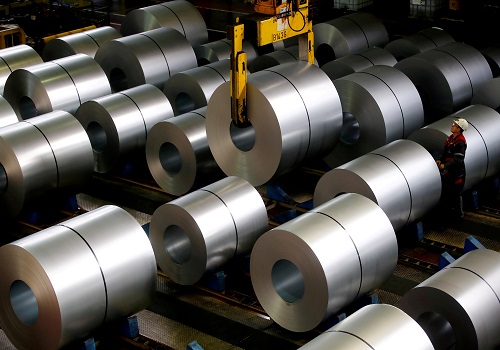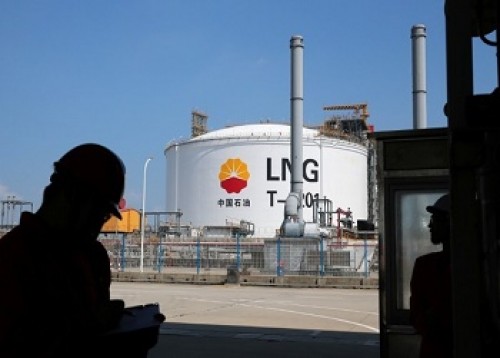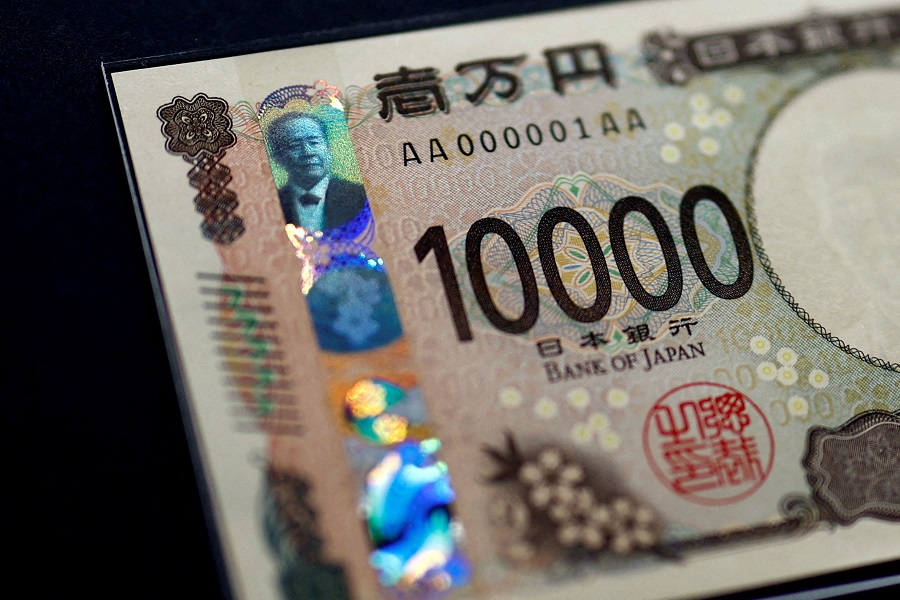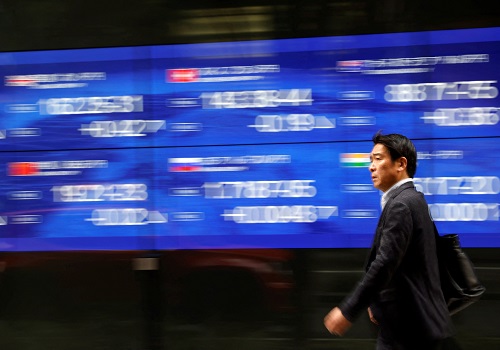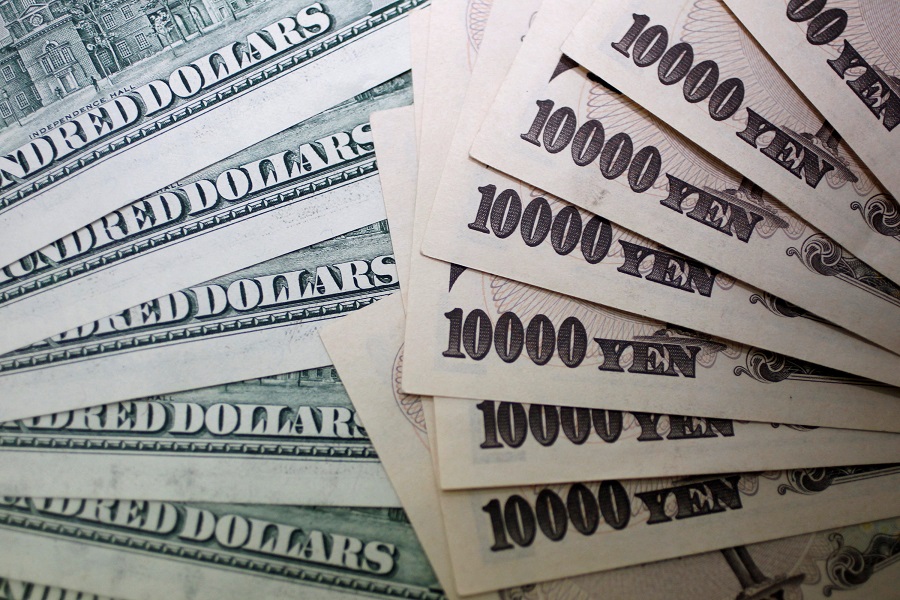Eurozone Economic Indicators Reflect Slowdown and Interest Rate Prospects By Amit Gupta ,Kedia Advisory
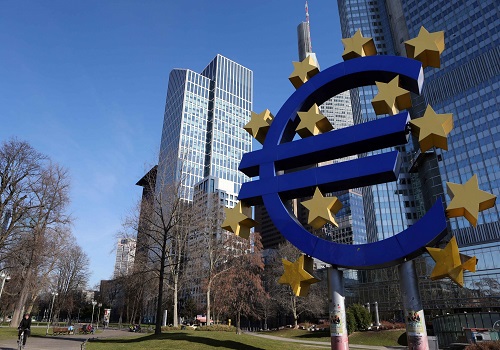
Follow us Now on Telegram ! Get daily 10 - 12 important updates on Business, Finance and Investment. Join our Telegram Channel
The euro rose to $1.08 from a near four-month low as data suggested the European Central Bank (ECB) may cut rates by only 25 bps in December instead of 50. The HCOB Eurozone Services PMI eased to 51.2 in October, indicating a continued contraction in private sector activity, with new orders falling for the second month. In contrast, the HCOB Manufacturing PMI rose to 45.9, suggesting a slight slowdown in decline. Consumer confidence in the Euro Area increased to -12.5, the highest since February 2022, indicating some resilience. However, concerns over persistent inflation pressures and soft demand remain significant.
Key Highlights
* Euro rises to $1.08 amid rate cut speculation.
* HCOB Eurozone Services PMI drops to 51.2 in October.
* Manufacturing PMI rises to 45.9, yet output declines persist.
* Consumer confidence increases to -12.5, highest since February 2022.
* Inflation pressures and weak demand continue to concern traders.
The euro strengthened to $1.08, recovering from a nearly four-month low of $1.076, as speculation grew that the European Central Bank (ECB) would only reduce interest rates by 25 basis points in December, rather than the anticipated 50. This rise was supported by mixed economic indicators, although inflation pressures in the services sector remain high. The HCOB Eurozone Services PMI for October showed a slight contraction, easing to 51.2, missing expectations of 51.5. This marks the softest increase in private services activity since February, with new orders declining for the second consecutive month.
Despite a rise in the HCOB Manufacturing PMI to 45.9, indicating a slowdown in the rate of decline, manufacturing output continues to fall. New business decreased, prompting firms to cut back on purchases and reduce stock levels. Business sentiment is notably weakening, influenced by persistent inflation and soft demand, particularly in Germany and France, which are major contributors to the Eurozone economy. Meanwhile, consumer confidence has seen a slight improvement, rising to -12.5 in October, suggesting some resilience, though it remains below the long-term average.
Finally
While the euro shows signs of recovery, the overall economic landscape in the Eurozone suggests ongoing challenges, with inflation and declining demand posing risks to future growth. Traders should watch for ECB rate decisions and further economic data to gauge the trajectory of the euro.
Above views are of the author and not of the website kindly read disclaimer














